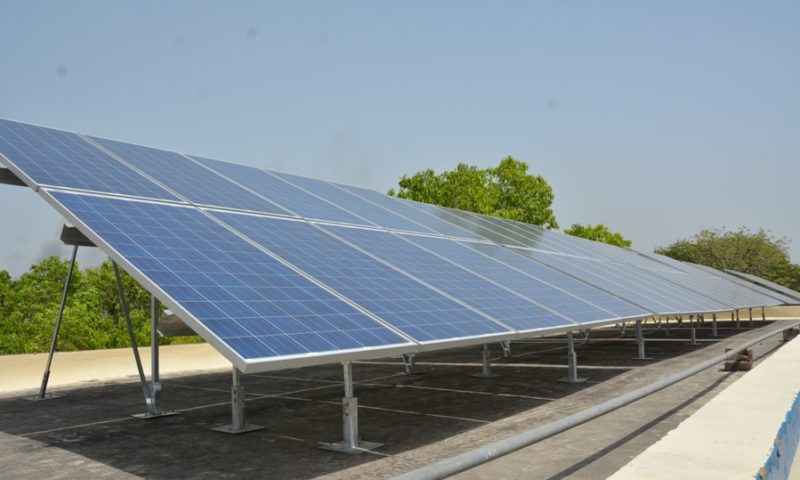India has pledged to have 100 GW of grid-connected solar power capacity by December 31, 2022. Out of this, 60 GW is to come from ground-mounted solar plants while 40 GW is envisaged to come from rooftop solar (RTS). According to reliable estimates, India’s total solar capacity stood at 33.8 GW as of September 30, 2019. The worrisome issue is that the performance of RTS is belying even the most conservative expectations. The total quantum of RTS installations is today barely 4 GW, which is just about 10 per cent of the 2022-target.
There is compelling need to accelerate RTS, and much of this can be done by a positive change in the policy framework. Much of RTS is confined to the commercial and industrial (C&I) sector with the residential sector—despite the huge potential—still not being able to make a mark.
Grid-connected solar rooftops are grappling with several policy-related issues, principally the gross metering and the net metering dichotomy. Most discoms are in favour of the gross metering method as it is to their advantage. Another issue is that solar-centric states have different policies with respect to rooftop solar. It is not just the stance with respect to gross or net metering, even the time taken for clearance of RTS projects can vary from a few weeks to up to six months. The residential rooftop solar segment, in particular, also has limited access to finance. Most such projects are self-financed. Even the cap of 1-mw put on RTS plants can be debilitating when it comes to large C&I firms.
Policies governing RTS must be made uniform across states, and ample support must be provided to the residential sector. Only this will be able to take us respectably close to the targets set.
Also read: Solar parks could make up for rooftops
Meanwhile, India’s total renewable energy capacity reached 131 GW as of end-September 2019. This represented nearly 36 per cent of the total power generation capacity in India that stood at around 366 GW. This unusually high share of renewables follows from the fact that large hydropower plants (of capacity exceeding 25 mw) are now considered as renewable energy projects. Earlier they used to be regarded as conventional energy, falling under the power ministry’s ambit. Nearly 35 per cent of India’s renewable energy capacity now comes from large hydropower, it may be noted.
While large hydropower can technically shore up India’s renewable energy capacity, it is solar and wind that have practical importance. In both these area, there is much room for fine tuning of policies and for the creation of an investor-friendly climate.

